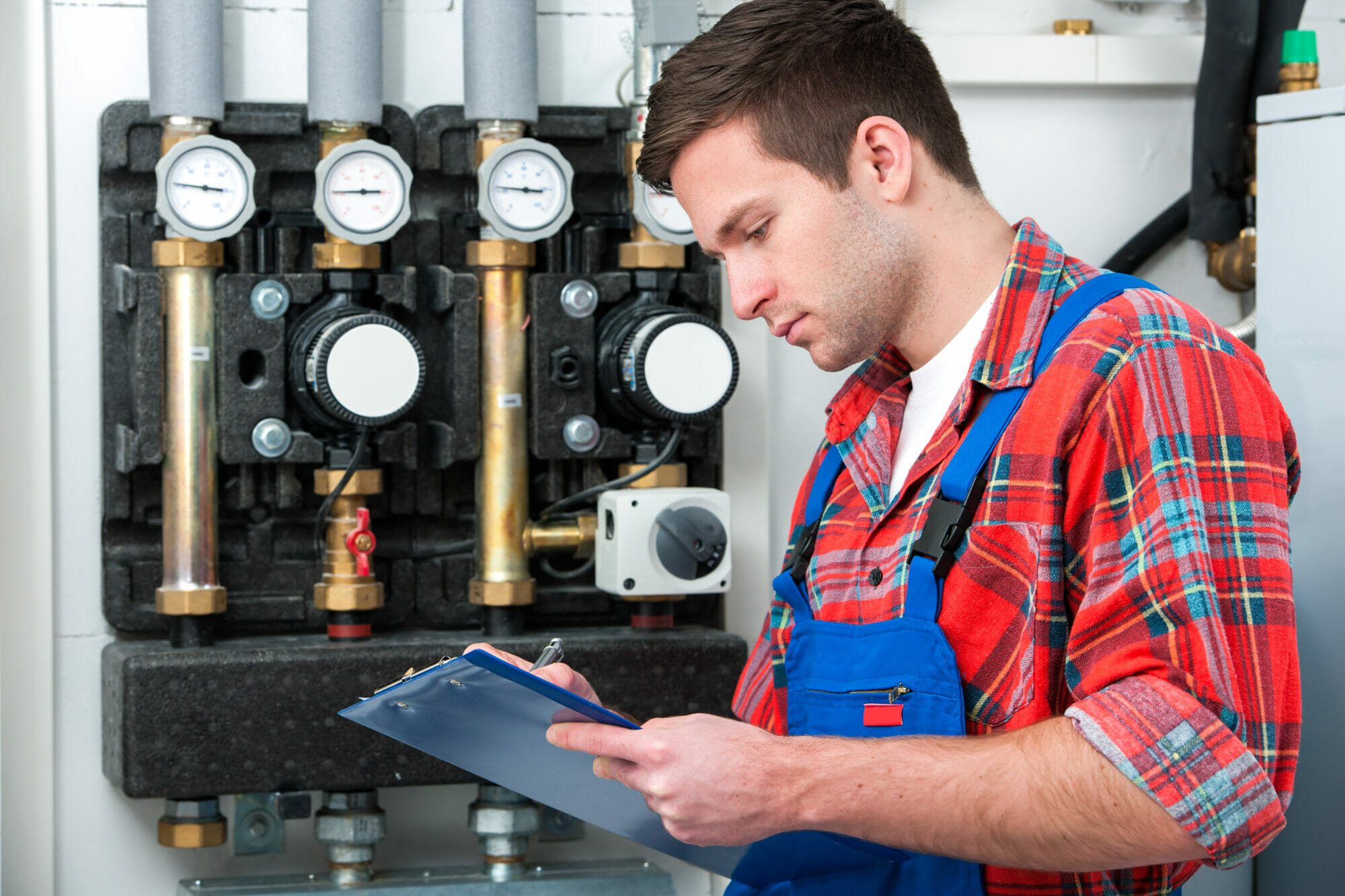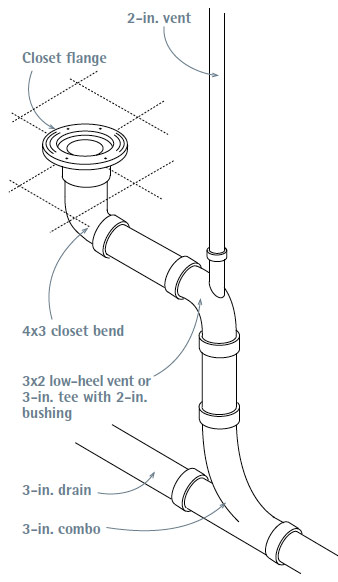The Benefits of Proper Ventilation in Your Plumbing System
The Benefits of Proper Ventilation in Your Plumbing System
Blog Article
Are you on the lookout for know-how on What Is A Plumbing Vent & How Do They Work??

Proper ventilation in pipes systems is commonly overlooked, yet it is crucial for keeping the functionality and safety and security of your home's pipes. Ventilation assists manage atmospheric pressure, protect against the buildup of hazardous gases, and guarantee the efficient removal of waste. In this overview, we will certainly check out the significance of correct plumbing ventilation, how it functions, and the benefits it brings to your pipes system.
How Air Flow Functions in Plumbing Equipments
Air Pressure Guideline
Proper air flow preserves balanced atmospheric pressure within the plumbing system. When water flows through pipelines, it displaces air. Without ample air flow, this variation can create unfavorable pressure, resulting in slow down drains or siphoning of water from traps, which can cause undesirable odors to permeate right into the home.
Protecting Against Sewage System Gas Build-up
One of the most important functions of pipes vents is to prevent sewer gases, such as methane and hydrogen sulfide, from collecting within the home. These gases can posture major health and wellness dangers and are extremely flammable. Vent pipelines enable these gases to get away safely outside.
Assisting in Waste Elimination
Ventilation aids in the reliable elimination of wastewater by stopping airlocks in the drainage system. When air can move easily with the vents, it enables water and waste to move efficiently through the pipelines, decreasing the danger of clogs and backups.
Advantages of Correct Ventilation
Enhanced System Performance
Correctly ventilated plumbing systems operate more successfully, with less obstructions, faster draining pipes, and less pressure on the pipelines. This effectiveness expands the life expectancy of the pipes system.
Improved Air Quality
By stopping sewer gases from entering your home, appropriate air flow adds to far better interior air quality, making your living environment healthier and extra comfy.
Preventing Water Damages
Adequate ventilation helps stop water from being siphoned out of catches, which can cause drain gases going into the home and causing water damage with time.
Steps to Ensure Correct Air Flow
Consulting Plumbing Codes
Constantly get in touch with local plumbing codes when developing or changing your plumbing system. These codes offer the essential standards for proper venting and ensure your system fulfills safety standards.
Regular Assessment and Maintenance
Regular inspections can assist identify potential ventilation issues before they become significant troubles. Upkeep tasks, such as cleansing air vent pipes and checking for clogs, are crucial for maintaining the system in good working order.
Professional Installation
For brand-new installations or major modifications, it's smart to employ an expert plumbing professional. They have the experience to ensure the ventilation system is appropriately created and mounted according to code.
Recognizing Air Flow in Pipes
Air flow in plumbing describes the network of pipelines that enable air to flow with the drain system. These vents serve numerous functions, including managing atmospheric pressure within the pipelines, avoiding drain gases from getting in the home, and assisting in the smooth flow of wastewater.
Types of Pipes Vents
Main Heap Vent
The main pile air vent, also known as the vent pile, is the primary vent in a plumbing system. It prolongs from the primary drainpipe line up with the roof covering, allowing gases to get away and fresh air to get in the system.
Branch Vent
Branch vents attach to the major pile vent and offer specific fixtures, such as sinks, commodes, and showers. These vents guarantee that each fixture has ample air flow to work correctly.
Air Admission Valve (AAV).
An Air Admission Shutoff (AAV) is a one-way shutoff that permits air to get in the pipes system without the demand for a traditional air vent pipeline prolonging with the roofing system. AAVs are commonly made use of in renovations or locations where setting up a conventional vent is not practical.
Signs of Poor Air Flow in Plumbing.
Slow Draining Fixtures.
If your sinks, tubs, or bathrooms are draining gradually, it could be an indicator of poor air flow. Inadequate air circulation can create a vacuum cleaner effect, making it tough for water to drain pipes correctly.
Gurgling Appears.
Gurgling audios coming from drains pipes are usually an outcome of air being sucked through water traps as a result of unfavorable pressure in the pipes. This is a clear sign of insufficient air flow.
Unpleasant Smells.
Sewage system smells inside your home are a red flag that your pipes system is not properly ventilated. This could imply that drain gases are not being adequately aired vent outside, causing potentially dangerous conditions.
Common Air Flow Blunders.
Inadequate Vent Sizing.
Making use of small air vent pipes can lead to inadequate air circulation and pressure inequalities in the system. It's vital to utilize vents that meet the certain demands of your pipes system.
Improper Vent Placement.
Positioning vents also much from the fixtures they offer can minimize their effectiveness. Proper positioning makes certain that air can flow easily and efficiently with the system.
Disregarding Code Needs.
Building regulations give certain guidelines for plumbing ventilation. Overlooking these codes can lead to a system that fails to operate correctly and might cause costly repair work or carcinogen.
Verdict.
Proper ventilation is a vital part of any kind of pipes system, making certain that it operates successfully and securely. By comprehending the value of ventilation, recognizing the signs of inadequate air flow, and taking steps to keep your system, you can protect against pricey problems and protect your home's air top quality.
What is a Plumbing Vent and it's used for?All plumbing systems in residential and commercials construction have a plumbing vent. It doesn’t just vent unwanted odors from the drainage system to the outside; it actually serves an important purpose by supplying air to the system.
The plumbing drainage system is actually called a drainage, waste and vent (DWV) system. When water flows down the piping, an air supply (vent) is needed to allow the water to flow. Think of the vertical pipe as a drinking straw. If you plug the top end of a straw, liquid won’t drain from it.
The DWV system in your building consists of a series of pipes connected to each fixture; they extend above each fixture, and the system terminates at an open pipe that extends through the roof. This piping allows air into the system and prevents unbalanced pressures in the piping.
?The vent also prevents the system from drawing water out of a trap at the fixture with the characteristic “glug-glug-glug” as the drain gasps for air. Plumbing traps should drain smoothly and never “glug” or gasp for air.
If you have a drain that empties slowly or gurgles as it drains, this may indicate a venting problem. If you flush a toilet and the sink gurgles, there’s definitely a vent problem. It is good idea to have a Plumber check this.
https://www.ameliashomeinspection.com/blog/what-is-a-plumbing-vent-and-its-used-for

I recently found that page on What Is a Plumbing Vent and Why Is It Important while doing a lookup on the internet. Enjoyed reading our post? Please quickly share it. Let other people find it. We treasure reading our article about .
Book-Now Report this page